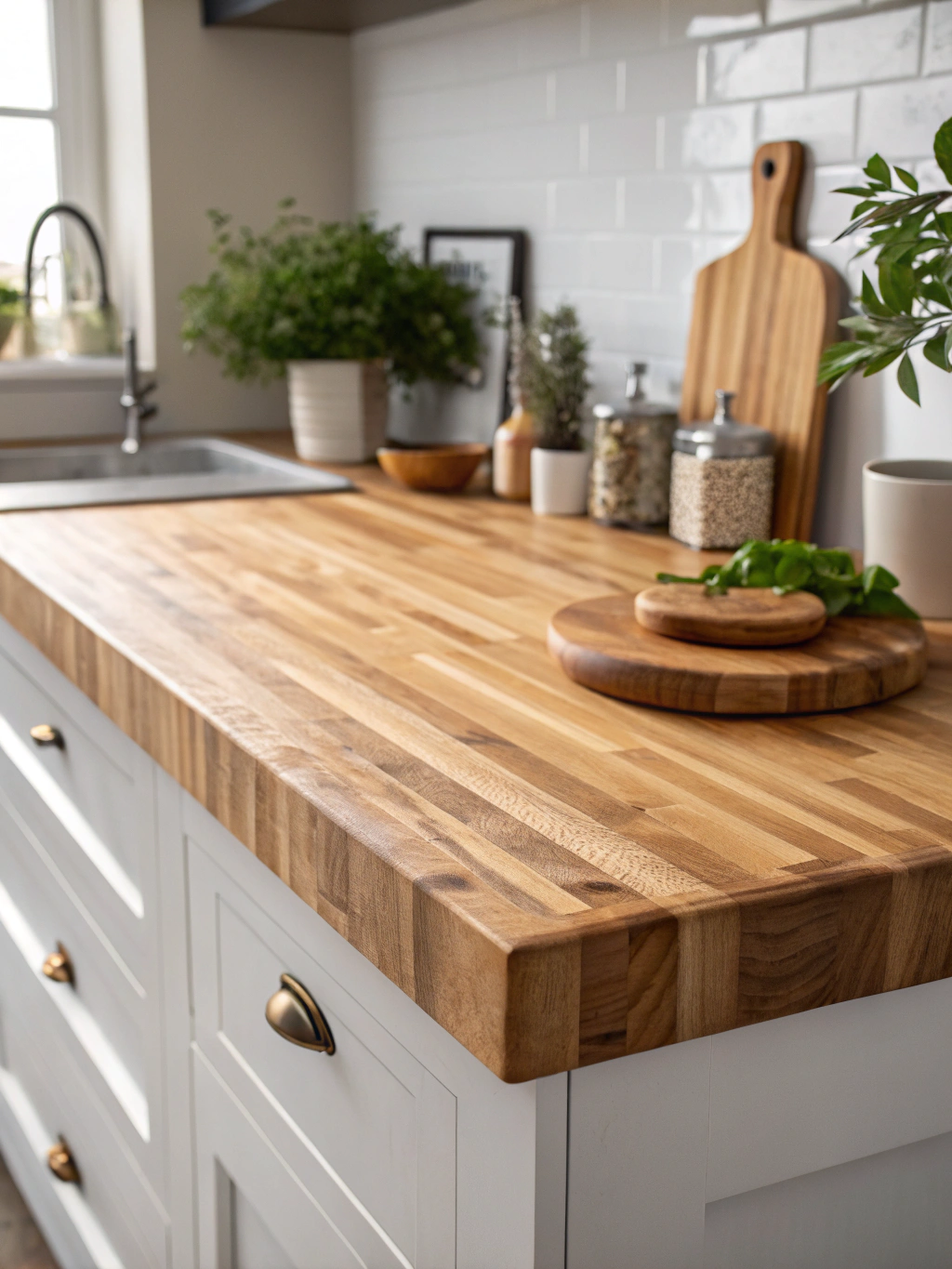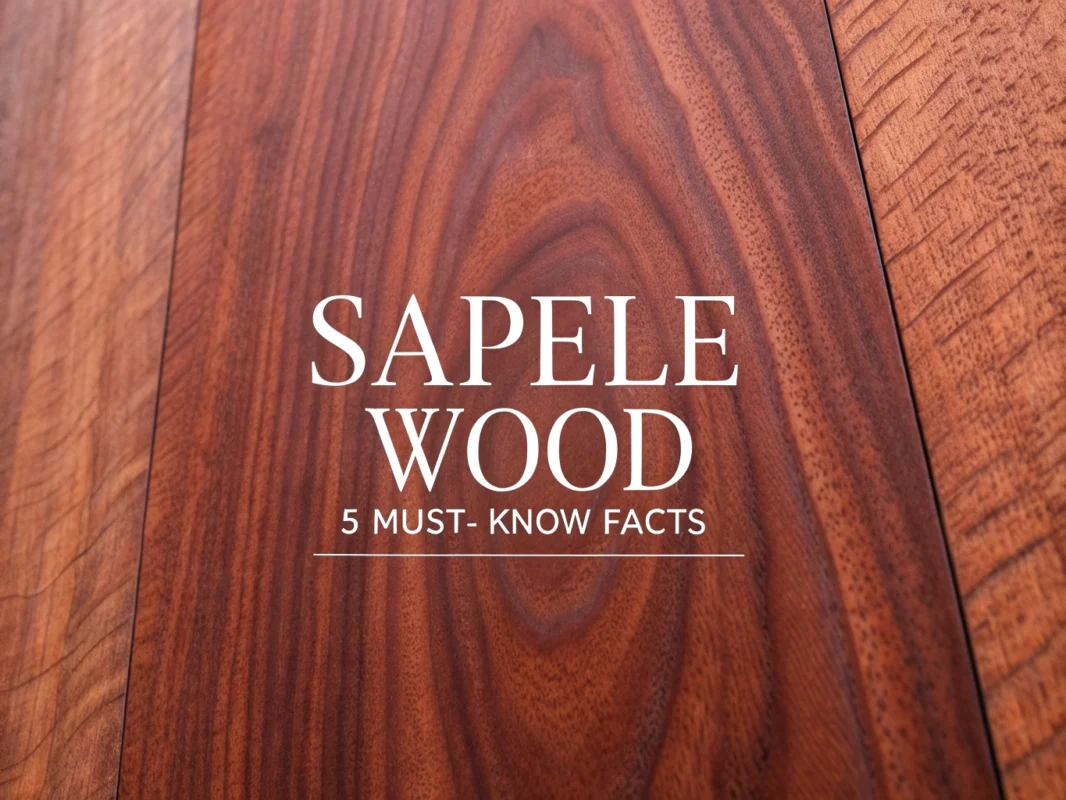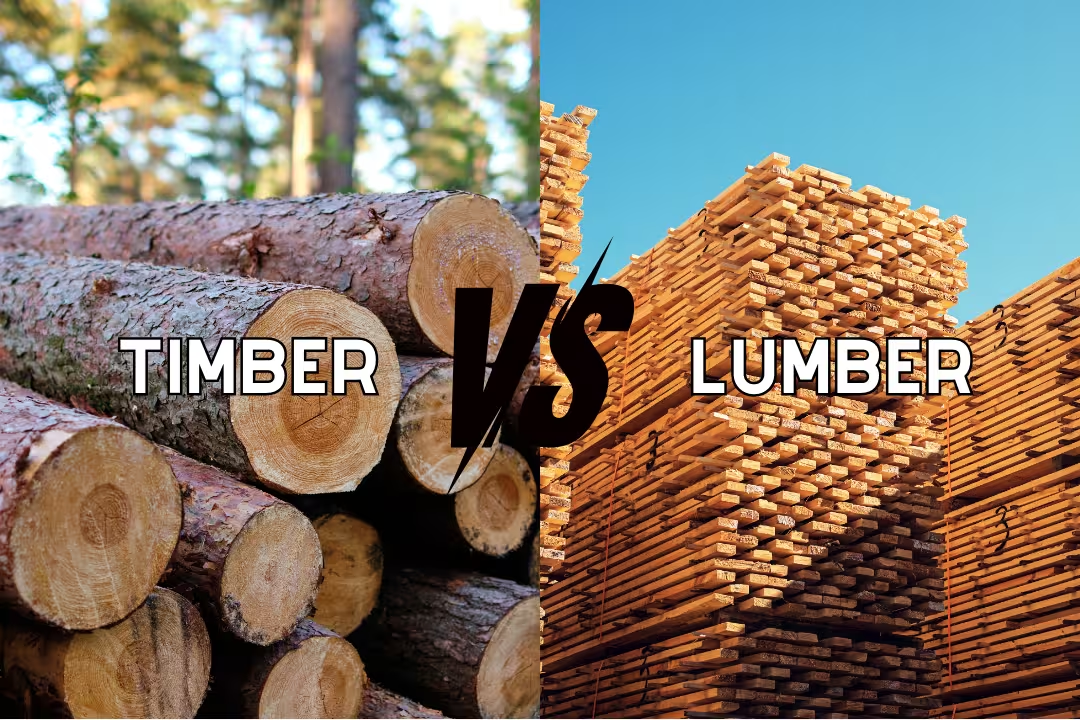
Butcher Block Wood: 7 Best Picks for Your Home

Ever wondered why butcher block wood is a popular choice for kitchens? With its unique blend of durability and charm, this type of wood brings a warm, natural touch to any space. Let’s explore the seven best picks that might just be the perfect fit for your home.
Table of Contents
Butcher block wood offers a perfect blend of durability and aesthetic appeal, with proper maintenance allowing these surfaces to last over 20 years while providing a knife-friendly workspace that preserves blade sharpness. From affordable edge grain construction to premium end grain designs that cost 40-60% more, butcher block wood comes in various species like maple, oak, walnut, and eco-friendly bamboo to suit any kitchen style.
What Is Butcher Block Wood?
Butcher block wood represents a construction style where individual wooden boards are glued together to form sturdy, durable slabs. This technique creates surfaces commonly used for countertops, kitchen islands, and cutting boards. The construction method exposes natural wood grain patterns that add warmth and character to any space.
The visual appeal stems from natural wood tones and visible grain patterns that complement both modern and traditional kitchen designs. Popular wood species include maple for its light color and subtle grain, oak for distinctive patterns and superior strength, and walnut for its rich dark brown appearance. Other options like cherry, teak, bamboo, acacia, and hevea provide unique characteristics for specific applications.
Compared to stone or laminate surfaces, butcher block wood offers a more affordable alternative that doesn’t sacrifice functionality. Forever Joint Tops notes that these surfaces provide excellent value while maintaining the premium look homeowners desire for their kitchens.

Key Benefits of Butcher Block Wood
Durability stands as one of the most compelling advantages of butcher block wood surfaces. With proper maintenance and sealing, these surfaces can last more than 20 years, rivaling granite and other premium counter materials in longevity.
- Knife-friendly surface that helps preserve blade edges, especially with end grain construction
- Easy maintenance where minor scratches can be sanded away
- Versatility with wide variety of wood species and construction methods
- Affordability compared to natural stone options
- Customizable sizing and finishing for specific project needs
Regular oiling with food-safe mineral oil or beeswax preserves the finish and prevents water damage. This simple maintenance routine keeps the wood looking fresh and extends its functional lifespan significantly.
Types of Butcher Block Construction
Edge Grain Butcher Block
Edge grain construction involves gluing long strips of wood edge-to-edge to create a stable surface. This method produces the most affordable option for countertops while maintaining excellent strength and stability for daily food preparation tasks.
Popular wood choices for edge grain include maple, oak, bamboo, and acacia. The construction method makes it ideal for kitchen countertops and islands where budget considerations matter but performance can’t be compromised.
End Grain Butcher Block
End grain construction features short wooden blocks laid vertically, exposing the end fibers in a distinctive checkerboard appearance. This design creates the most durable option that’s exceptionally gentle on knife edges, making it the preferred choice for chefs and culinary professionals.
The premium pricing reflects the labor-intensive construction process, with costs typically 40-60% higher than edge grain alternatives. Signature Kitchens explains that this investment pays off through superior performance and longevity for heavy-duty applications.
Face Grain/Plank Grain Butcher Block
Face grain construction exposes the wide face of boards for maximum aesthetic appeal. This style works best for decorative surfaces and light-duty cutting boards where showcasing the full grain pattern takes priority over heavy-duty functionality.
Popular Wood Species for Butcher Block
Different wood species offer unique characteristics that suit various applications and aesthetic preferences. Each type brings distinct advantages in terms of hardness, grain pattern, and visual appeal.
- Maple: Hard, dense, light-colored wood with subtle grain patterns, highly popular for kitchen applications
- Oak: Features distinctive grain patterns and superior strength with traditional appeal
- Walnut: Dark brown color with rich grain that adds luxury and warmth to any space
- Acacia: Durable and moisture-resistant with an exotic appearance
- Bamboo: Eco-friendly, sustainable option that’s hard and renewable
- Cherry and Teak: Provide unique color tones and exotic grain for customized looks
Amish Classic Creations notes that maple and oak remain the most popular choices in the U.S. due to their blend of affordability, durability, and aesthetic appeal.
Top 7 Butcher Block Wood Picks for Your Home
Here are seven outstanding butcher block options that combine quality construction with practical features for various home applications.

Versatile Bamboo Cutting Board
- Made from high-quality bamboo for durability
- Built-in side handles for easy transport
- Deep juice grooves prevent mess on counters
- Ideal for chopping, slicing, and serving
- Stylish design enhances kitchen decor

Premium 6ft Hevea Butcher Block
- Solid hevea wood for lasting strength
- Perfect for kitchen countertops and DIY projects
- Generous size accommodates various needs
- Unfinished surface for complete customization
- Easy to cut or modify to specific sizes

Ironwood Acacia Chef's Board
- Crafted from luxurious acacia wood
- End grain construction for superior durability
- Ideal for prep and serving tasks
- Easy on knives, preserving their sharpness
- Stylish square design fits any kitchen

Customizable Hevea Butcher Block
- Solid construction with unfinished surface
- Great for kitchen islands or countertops
- Ample size suitable for many projects
- Easy to cut and shape as needed
- Durable wood enhances home aesthetics

Acacia Reversible Cutting Board
- Dual-sided design doubles usage options
- Handy juice groove captures excess liquid
- Stylish cracker holder for entertaining
- Inner handles for effortless mobility
- Natural acacia wood for a classy touch

End Grain Wooden Cutting Board
- End grain construction minimizes wear
- Reversible sides for multiple uses
- Juice groove keeps countertops clean
- Built-in cracker holder for convenience
- Comfort-grip handles for seamless transport

Winco Heavy-Duty Wood Board
- Thick wood for stability and durability
- Large size for ample preparation space
- Natural wood finish adds rustic charm
- Built to withstand heavy daily use
- Easy to clean and maintain
Care and Maintenance Guide
Proper care extends the life of butcher block wood surfaces and maintains their appearance. Regular maintenance prevents common issues like cracking, staining, and water damage that can compromise both function and aesthetics.
- Regular oiling with food-safe mineral oil or beeswax prevents drying and cracking
- Clean with mild soap and warm water, avoiding soaking the wood
- Use lemon and salt for stain removal, and vinegar for disinfection
- Sand out scratches and reapply oil or appropriate finish as needed
- Maintain consistent humidity levels to prevent warping
Sealing provides additional protection against stains and moisture penetration. Wood and Beyond recommends regular sealing for kitchen applications where exposure to liquids and food preparation activities occurs daily.
Buying Tips and Considerations
Selecting the right butcher block wood requires matching the construction type to your intended use. For countertops, opt for unfinished or customizable blocks like hevea, maple, or oak that allow for custom sizing and finishing.
DIY enthusiasts benefit from unfinished surfaces that accommodate custom modifications. Look for integrated features like juice grooves, side handles, and reversible designs that increase utility and extend lifespan. Consider creating a complete workspace with a butcher block table for additional preparation space.
Sustainability considerations favor bamboo and acacia options due to fast regrowth and responsible sourcing practices. When shopping, evaluate thickness (typically 1.5-2 inches for counters), wood hardness, and grain orientation that best suits your daily routine and visual preferences.
Potential Drawbacks and Solutions
Butcher block wood surfaces face several challenges that proper care and preparation can address. Understanding these limitations helps set realistic expectations and implement appropriate preventive measures.
Susceptibility to stains, scratches, and water damage requires consistent maintenance routines and proper sealing. Wood can warp or develop gaps when exposed to excessive moisture or drastic humidity changes, making environmental control important for longevity.
End grain construction costs significantly more and isn’t widely available in large sizes, often limiting options for extensive countertop installations. The periodic maintenance requirements include regular oiling and resealing to retain both performance and appearance over time.
FAQs
How Do You Maintain A Butcher Block Countertop?
To maintain a butcher block countertop, regularly clean it with mild soap and water, and periodically oil it to keep the wood hydrated and looking fresh. Sanding out scratches can also help to keep the surface smooth.
What Type Of Wood Is Best For A Butcher Block?
Hardwoods like maple, walnut, and cherry are commonly considered the best choices for butcher blocks due to their durability and resistance to scratches and nicks.
Can You Put Hot Pots On A Butcher Block?
It is not recommended to place hot pots directly on a butcher block, as this can scorch the wood. Always use a trivet or hot pad to protect the surface from heat damage.
How Often Should You Oil A Butcher Block?
To maintain its integrity, oil a butcher block once a month or whenever the wood looks dry. Food-grade mineral oil is a popular choice for conditioning the wood.
Is Butcher Block Wood Expensive?
Butcher block wood can be cost-effective compared to other countertop materials, though the price can vary based on the type of wood selected and the size of the countertop needed.












